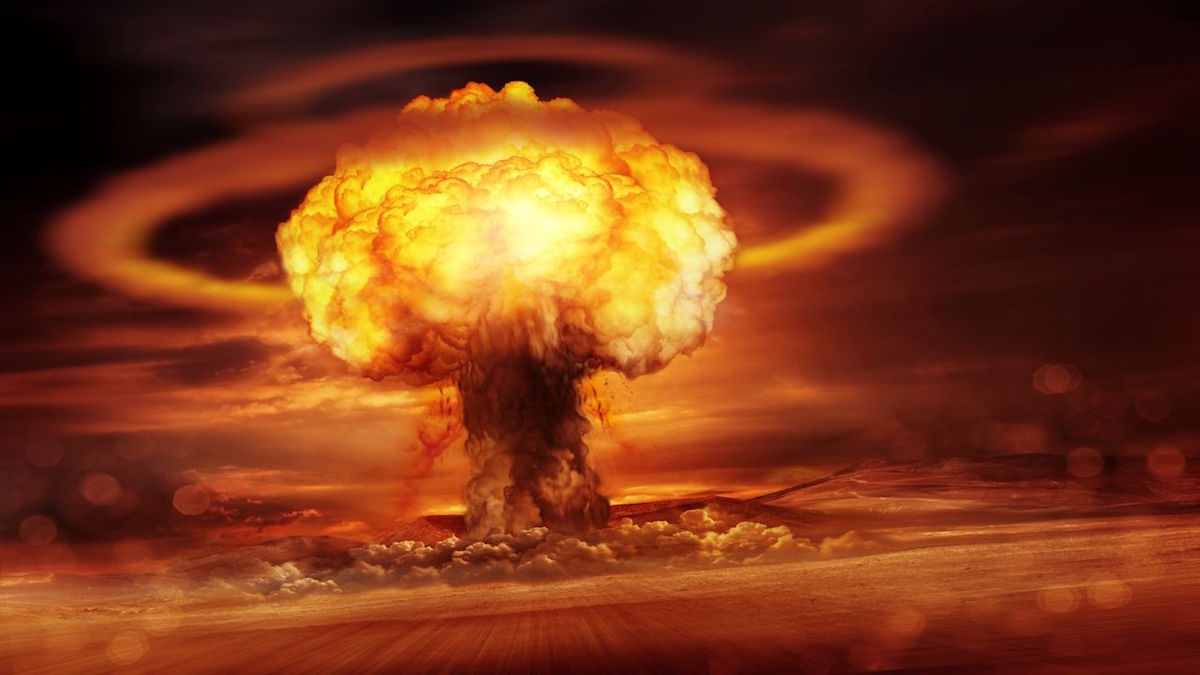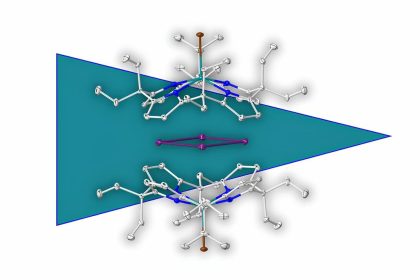The term nuclear is used as a prefix for anything related to or constituted by the atomic nucleus, such as nuclear physics, nuclear fission, or nuclear forces. Nuclear weapons are weapons that produce destructive energy through the explosion of atomic energy, for example, an atomic bomb. The timeline below covers the history of nuclear technology.
How Did It All Begin?
Lise Meitner and Otto Frisch made a shocking discovery in 1938 over Christmas time that instantly transformed nuclear physics and resulted in the atomic bomb. It was truly occurring that a uranium nucleus had split in two, something that was previously considered to be impossible.
The Timeline of Nuclear Technology
- 1895: A cloud chamber was invented to monitor charged particles. Wilhelm Röntgen discovered X-rays. The medical world was quick to exploit the potential of the new discovery. Within five years, for example, the British Army was using a mobile X-ray unit to find bullets and shrapnel in wounded soldiers in Sudan.
- 1898: Marie Curie discovers the radioactive elements radium and polonium.
- 1905: Albert Einstein developed the theory of the relationship between mass and energy.
- 1911: Georg von Hevesy comes up with the idea of using radioactive tracers. This idea is later applied to medical diagnostic devices. Von Hevesy wins the Nobel Prize in 1943.
- 1913: The radiation detector is invented.
- 1925: The first cloud chamber photographs of nuclear reactions are recorded.
- 1927: Herman Blumgart, a Boston doctor, used radioactive tracers for the first time to diagnose heart disease.
- 1931: Harold Urey discovered deuterium, the heavy hydrogen found in all natural hydrogen compounds, including water.
- 1932: James Chadwick proved the existence of neutrons.
- 1934: On July 4, 1934, Leo Szilard filed the first patent application for a method of creating a nuclear chain reaction which is a nuclear bomb.
- December 1938: Two German scientists, Otto Hahn and Fritz Strassmann, demonstrated nuclear fission.
- August 1939: Albert Einstein sent a letter to President Roosevelt, describing German atomic research and the production of an atomic bomb. This letter encourages Roosevelt to establish a special committee to investigate the military implications of atomic research.
- September 1942: The Manhattan Project is launched in great secrecy to create the atomic bomb before the Germans do.
- December 1942: Enrico Fermi and Leo Szilard conducted the first self-powered nuclear chain reaction in a laboratory under the squash court at the University of Chicago.
- July 1945: The United States detonated the first atomic bomb at a site near Alamogordo, New Mexico.
- August 1945: The United States dropped atomic bombs on Hiroshima and Nagasaki.
- December 1951: The first usable electricity from nuclear fission is generated at the National Reactor Station, later named the Idaho National Engineering Laboratory.
- 1952: Edward Teller and his team build the hydrogen bomb.
- January 1954: The first nuclear submarine, the USS Nautilus, is built. Nuclear energy makes submarines real “divers”. Because they can operate underwater for months at a time. The development of this nuclear facility was the work of a team of navy, government, and engineers led by Captain Hyman G. Rickover.






